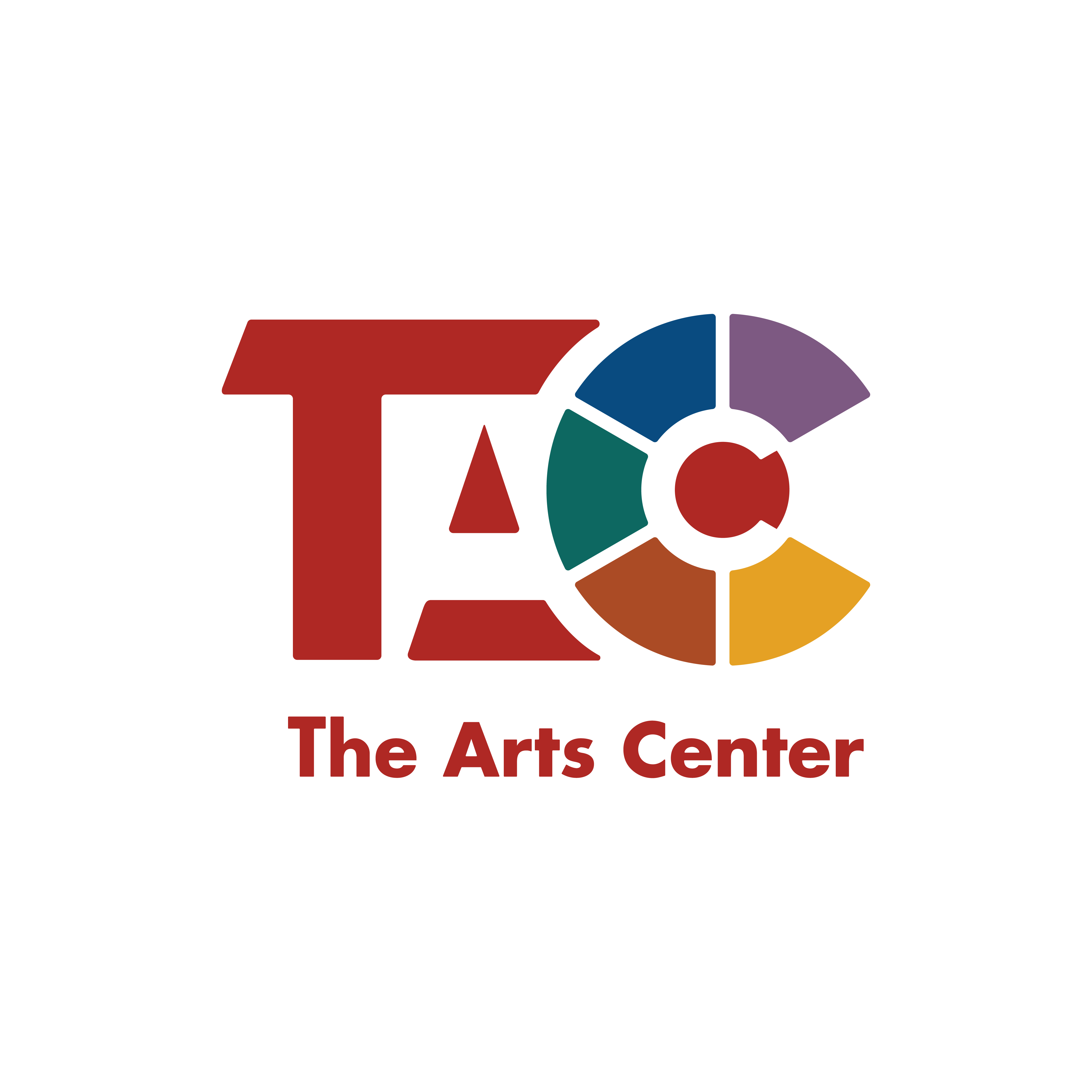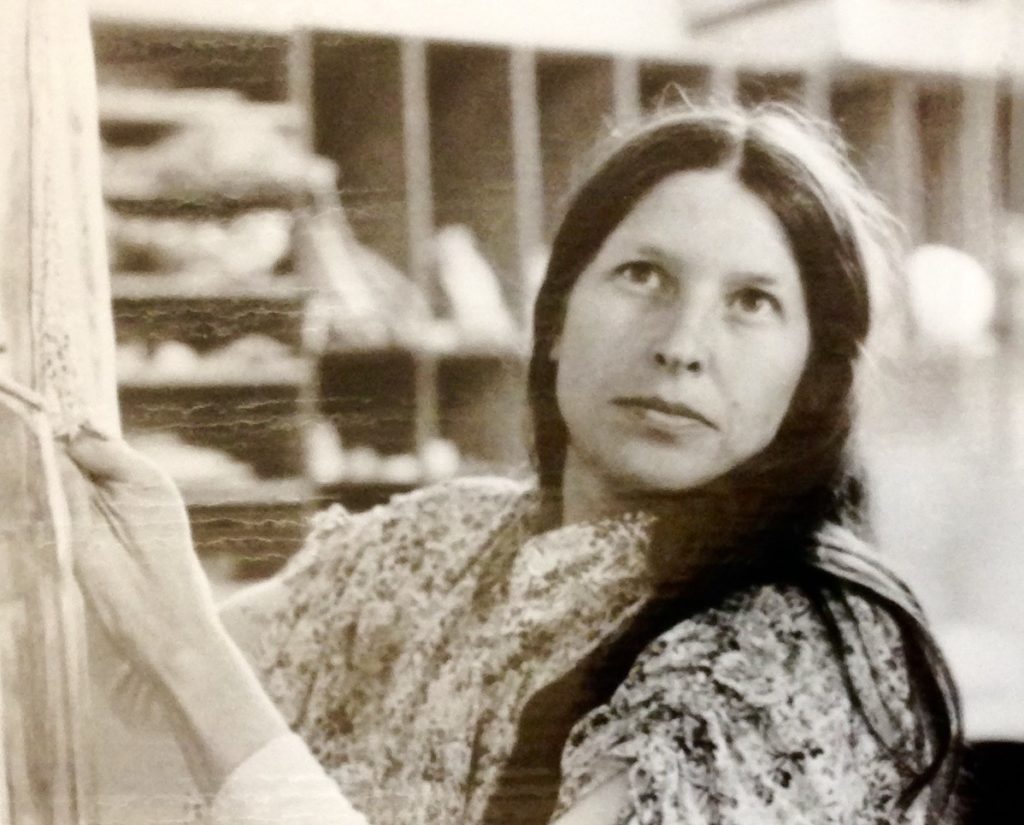
Emily Steele Sculpture Collection Fund
Supporting Collection Administration for more Public Arts Engagement and Operational Support of The Arts Center
Celebrating a Life in the Arts | Emily Steele
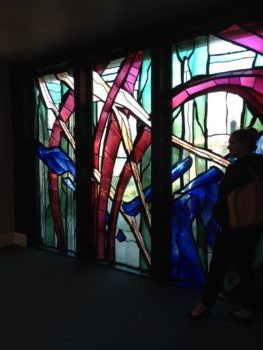
Emily Steele graduated from Oberlin College in Liberal Arts, and furthered her studies in the newly revived field of glass art with Richard McDonald, noted stained glass craftsman in Boston, Massachusetts, and C.B. Anderson of Portland, Oregon where she learned the Tiffany technique used for windows in the 19th and early 20th centuries.
Image: Steele Public Art Commission – First Presbyterian Church, Corvallis, OR.
After moving to Oregon, she established her own studio, and employing these techniques as a basis for her work, developed a unique form of sculpture for free-standing, three-dimensional art forms in antique stained glass. She has expanded the traditional copper foil-lead technique by a special process which permits the use of steel and other strong metals as support under the lead. Using stained glass as a medium for her sculpture, the viewer is provided with different impressions from multiple angles as different shades of color are superimposed. These impressions can be further heightened by different direction and intensity of light source.
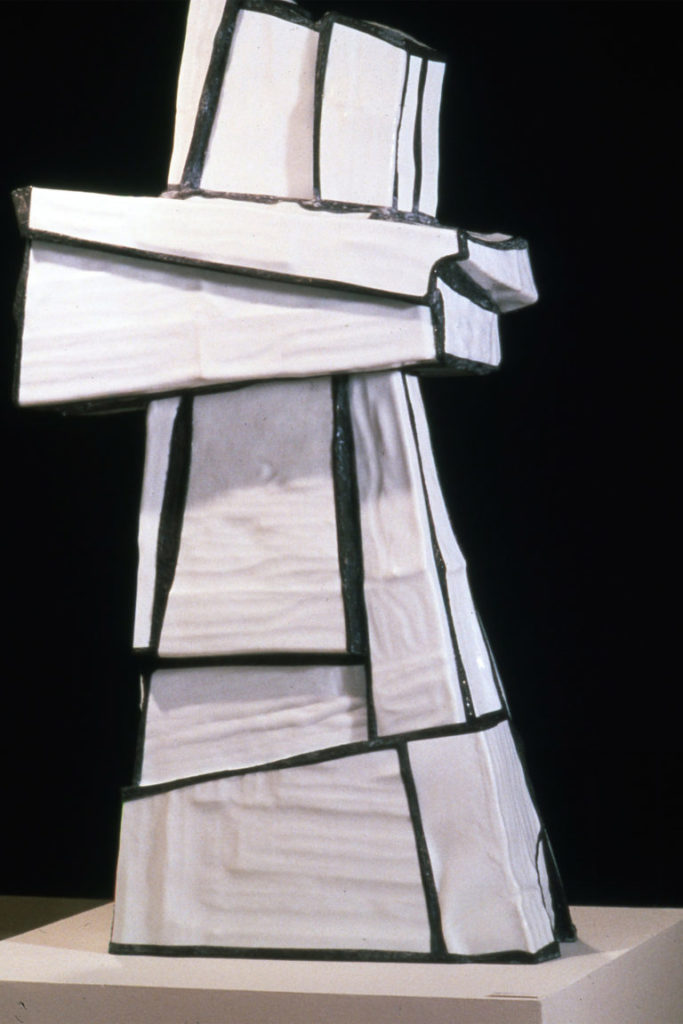
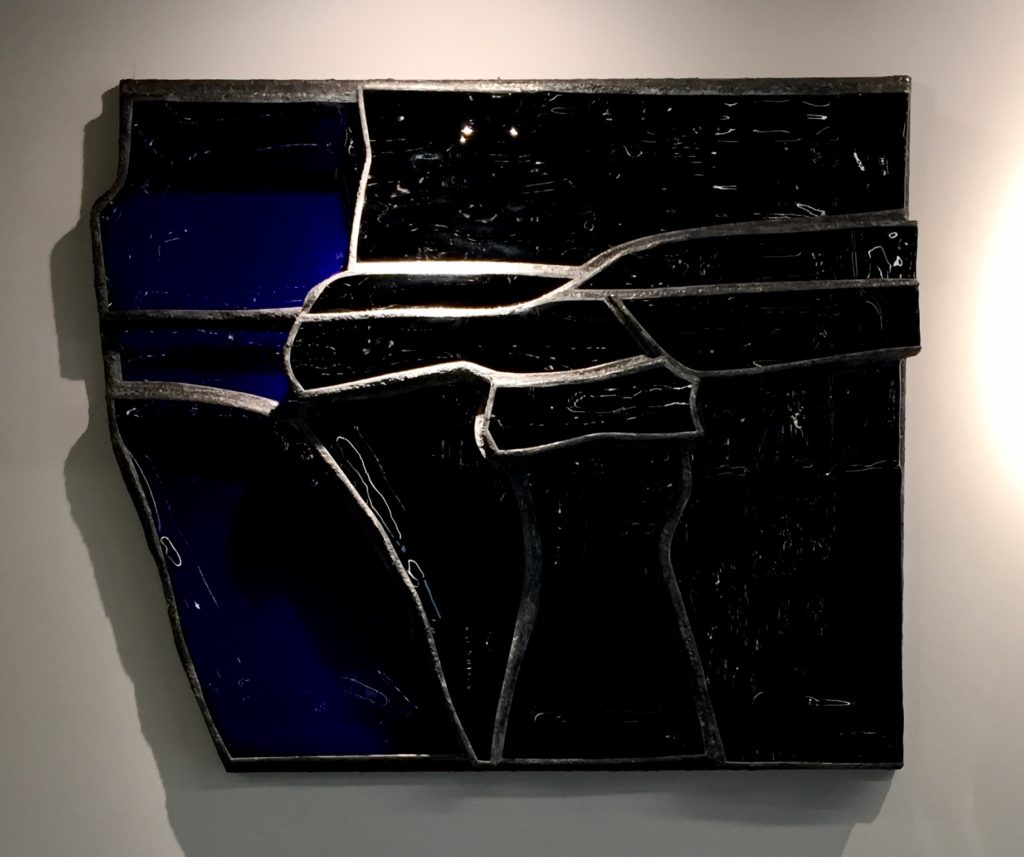
All glasses used in Ms. Steele’s sculptures represent the finest quality of hand blown materials throughout Europe and the United States.
The Arts Center is the Trustee of the Emily Steele Sculpture Collection. The Steele Family donated twelve works for display and enjoyment by the public.
–Excerpt from an article by Terry Lawhead, Glass Art Magazine February 1975
Emily Steele works with hand-blown antique stained glasses to create three dimensional free-standing sculptures that inspire, in the freshest most direct manner, an appreciation of all that is bright and clear and possessing natural strength. The play of light upon surface—be it wood, still water, or stone—involves us in one of our most enchanting experiences. An observer renews a forgotten innocence, lost or misplace in the turbulence of modern living, that affirms the unity of our being with all the beauty around us. Emily’s sculpture, composed of cut pieces of stained glass enclosed in thick bands of lead, is organized in such a manner as to affect the passage of light using the same delicate qualities as an object in nature. The many sided figures are endlessly new and unique as the viewer alters his perspective. Much as a mountain stream in sunlight presents an infinite set of sparkling reflections, the impressions of the glass evoke the delightful expectancy one senses in organic movement.
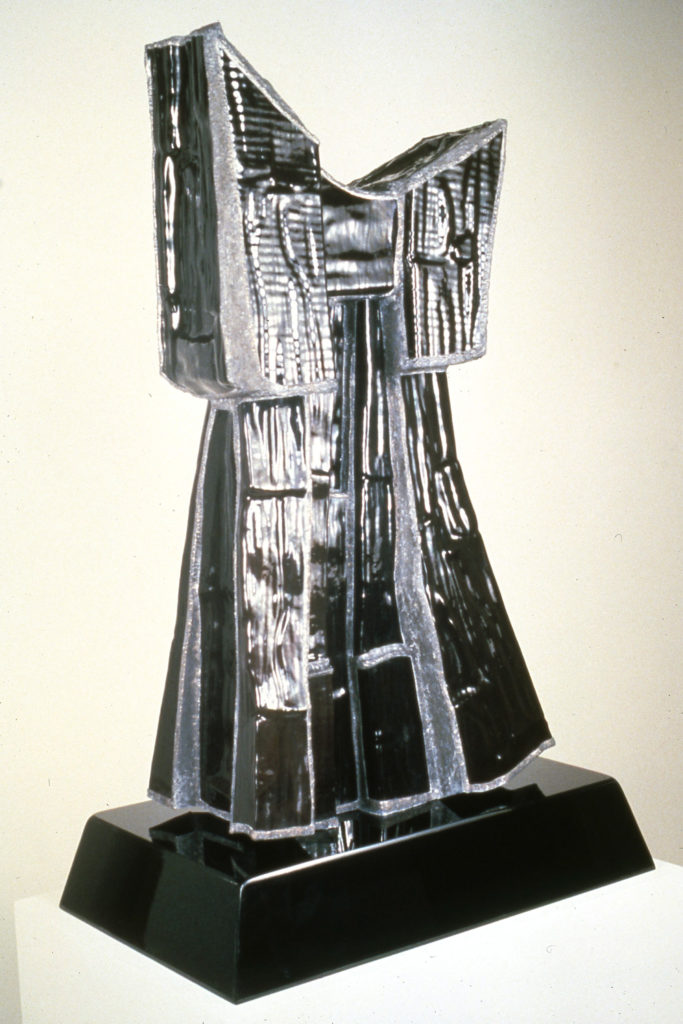
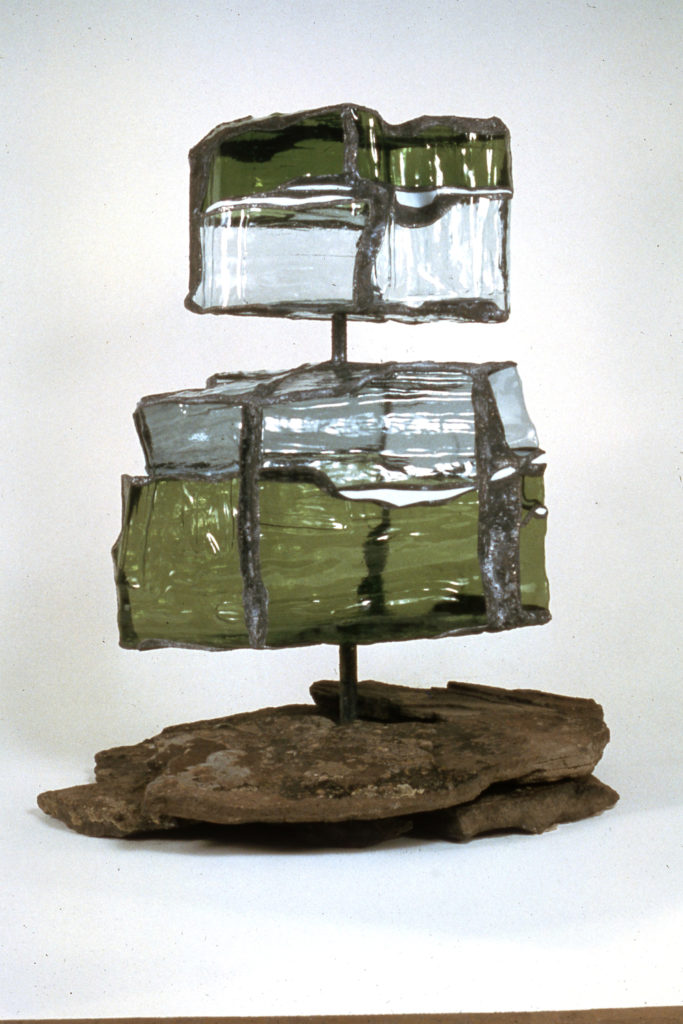
The time devoted to such sculpture dictates a passion which transcends cleverness or pride in workmanship: an energy is released and is linked to the growing identity of the creation. Each sculpture inhabits a place in time as a consequence of the effort expended in design and exacting work, but far more important is the lasting emotion the figures kindle in the eyes and heart of the beholder. If these glassworks could talk to us they would sing. Enthusiasm and earnestness is suspect in a time of doomsday ethics and reserved hopes, but the almost magical brilliance of the sculptures remain with the viewer as he walks away and returns to the demands of living in the world. The image retained is not easily put into words, but again Emily has a favorite poem. It is the final stanza of the poem After the Storm by Boris Pasternak, from a collection of poetry translated by his sister Lydia Pasternak, and it speaks of our holy attempts to resurrect wonder and regain beauty and grace in our lives:
It is not revolutions and upheavals
That clear the road to new and better days
But revelations, lavishness and torments
Of someone’s soul, inspire and ablaze.
If you share in the vision for the public to be able to enjoy this collection and to provide operational support of The Arts Center, consider donating to this fund. For more information on loans from the collection, Contact Curator, Jennie Castle.
For more information on other designated funds in The Arts Center Endowment Fund, click here.
